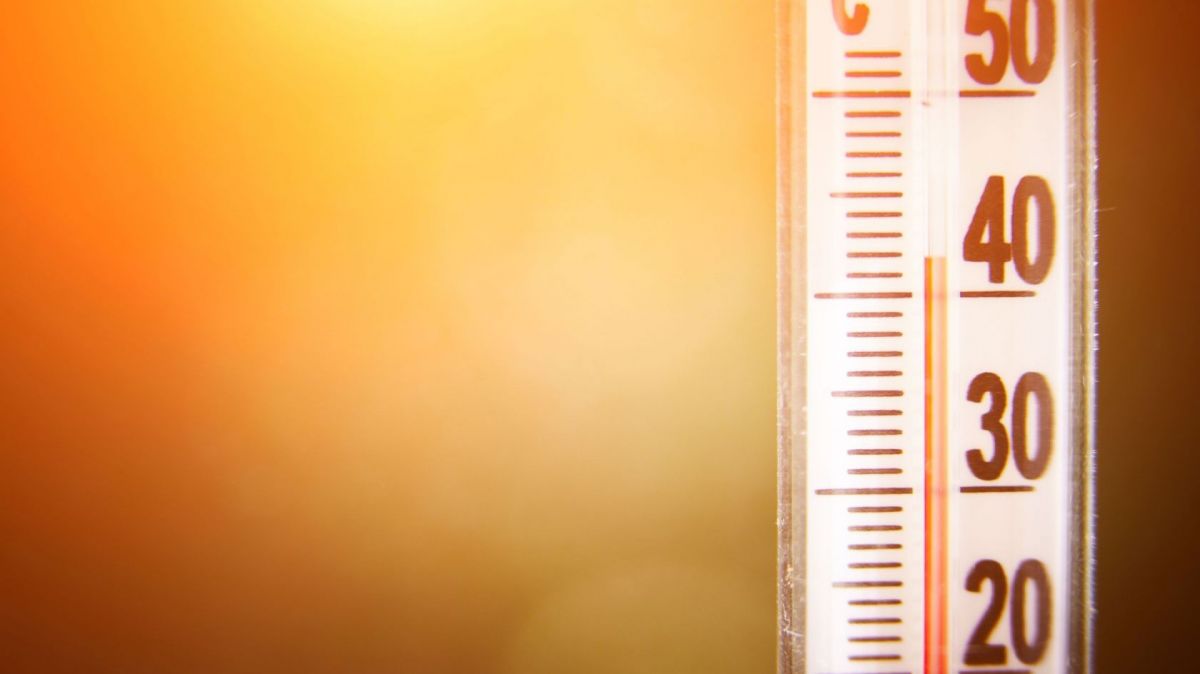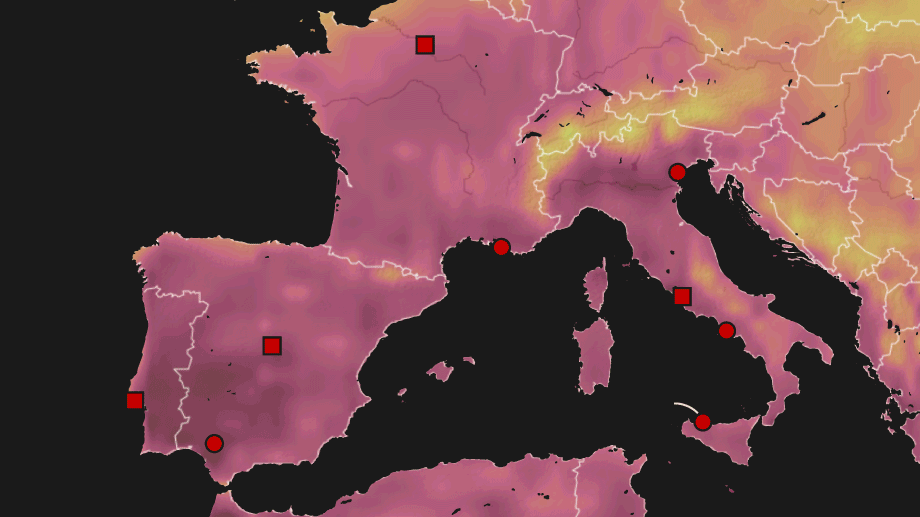According to an analysis of EDO data by Agence France-Presse, more than half (53%) of the land was affected by drought in August.
This figure represents a huge increase compared to the same month in 2024, when 36% of the land was affected by drought, and is 23 percentage points above the average for August between 2012 and 2024 (30.1%).
Since the beginning of the year, each month has set a new record for the time of year, but August 2025 also set an all-time high. The previous record, of 52%, was set last May.
There are several types of drought, which can occur in combination: meteorological drought, soil drought, and hydrological drought (in rivers and groundwater).
The drought indicator from the EDO, an observatory of the European Copernicus program, based on satellite observations, combines precipitation levels, soil moisture, and vegetation conditions.
Western Europe was severely affected. In Portugal, 70% of the territory was affected by a lack of rain and soil moisture, significantly higher than the 5% recorded in July.
In France, hit in August by the second heat wave of this summer, two-thirds of the territory (66%) was experiencing water shortages. A portion of the country (12%) was experiencing drought, particularly in the southwest, with significant consequences for wine production.
However, the Eastern Mediterranean was the region most affected by the drought. Armenia, Georgia, and Lebanon saw almost all of their territory affected—99%, 97%, and 96%, respectively.
Turkey, with 84% of its territory suffering from water scarcity, has faced numerous fires, such as those that occurred in the northwestern province of Çanakkale in early August.
In Eastern Europe and the Balkans, several countries have also been severely affected by the drought. In Bulgaria, Kosovo, Serbia, and North Macedonia, the drought rate was greater than or equal to 90%.
The situation fuelled wildfires in the Balkans, which have killed at least two people and displaced thousands of residents.













